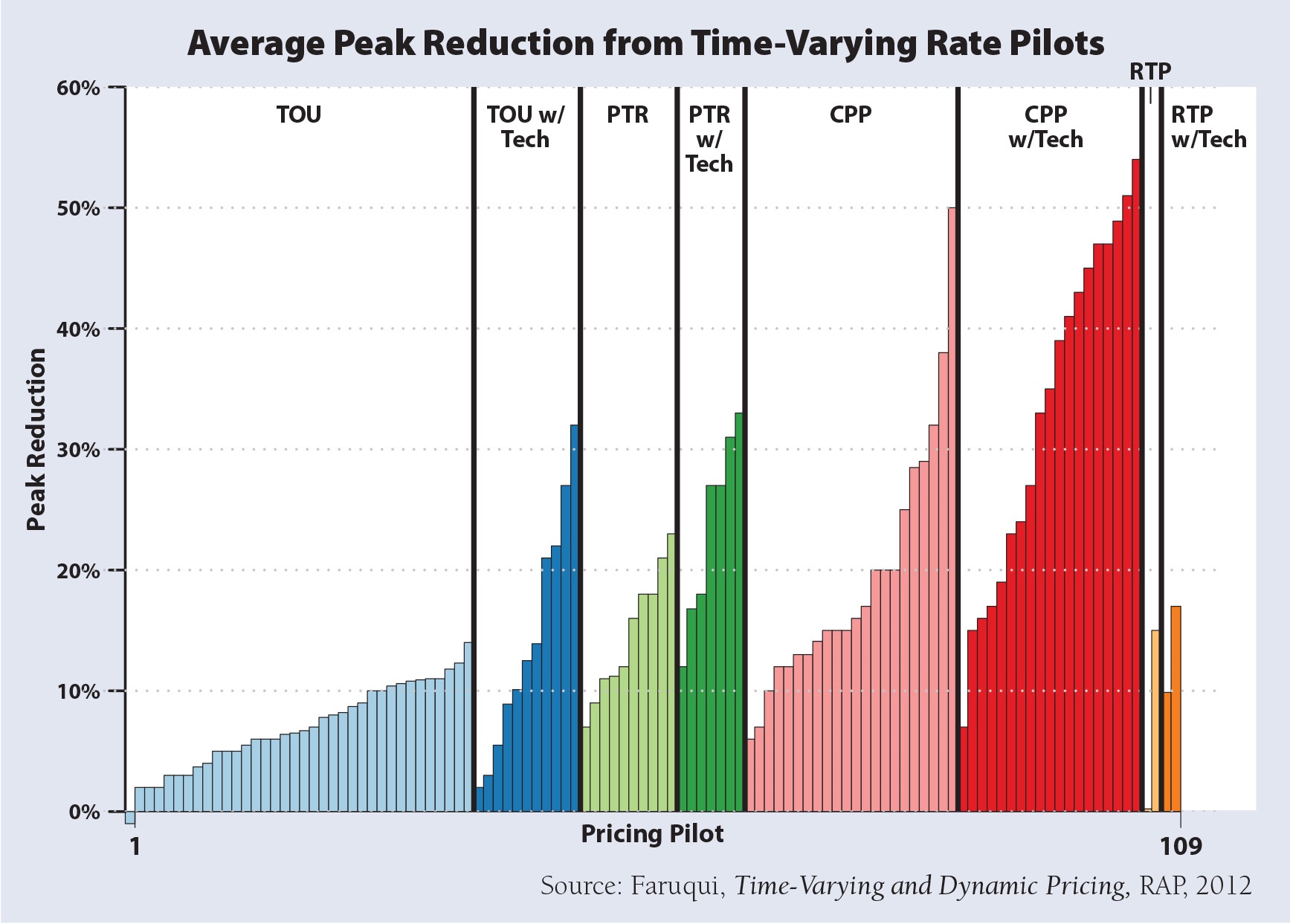Could two electricity bills really be better than one? Just maybe, if the second is a “shadow bill,” provided to educate customers about alternatives to the rates they are charged.
Specifically, for electricity customers interested in saving money and for utilities interested in promoting certain electricity rate designs, including time-of-use (TOU) rates, shadow billing could be very helpful.
Some utilities in recent years have begun to offer TOU rates, which include lower pricing for off-peak electricity use and higher pricing for on-peak use. But customers served by those utilities may be concerned about how these rates could affect their bills, and this is where shadow billing can help.
Under shadow billing, customers get a utility bill with two sections: one part of the bill that shows what they currently owe, and a second that’s for informational purposes only—showing what the customer would have paid for the same electricity usage under a different rate structure, such as a TOU rate or critical peak rate.
TOU Rates Can Cut Utility Peak Demand. But What Can They Do for Customers?
First, it’s important to note that TOU rates may be attractive to utilities because such rates are effective at cutting peak demand, which benefits all customers by reducing system costs. Hundreds of pilot and voluntary TOU rates have been tested across the country and nearly all produce significant peak demand benefits. The graphic below, from Time-Varying and Dynamic Rate Design, a 2012 paper jointly published by RAP and the Brattle Group, shows that peak loads from participating customers could decline by as much as 40 percent with some pricing options.

So, let’s assume that a utility would like to encourage customers currently on a flat rate—paying a certain price per kilowatt-hour for all kilowatt-hours used—to move to a TOU rate. This enables the utility to intentionally nudge demand away from peak times and into low-use times of the day, when the cost to the utility of electricity is lower. To illustrate the potential benefit to a given customer, the utility would send a shadow bill showing how much that customer would have paid for electricity had the customer been on a TOU rate. At the end of a 12-month period, covering all seasons, the customer would have enough information to determine whether switching to a TOU rate would save money.
When customers receive shadow bills, they can continue normal electricity use. Or, customers can simply imagine they are on a TOU rate and take steps to alter their patterns of electricity use. This allows them to test out whether a TOU rate, and the changes in use it would require, would be worth the savings. (Some changes in use might be easy, such as setting the timer on the dishwasher to run at night instead of right after dinner. Other changes may be more involved.) Shadow billing can also be used to educate customers regarding a potential future rate change, so that they can see what the new rate will mean to them if they do not alter their usage patterns.
Shadow Bill as Safety Valve
Shadow billing not only can boost the level of transparency between utilities and customers, it can also build positive utility-customer relationships and trust—qualities that seem ever more important in this transformational era of greater customer energy choices.
